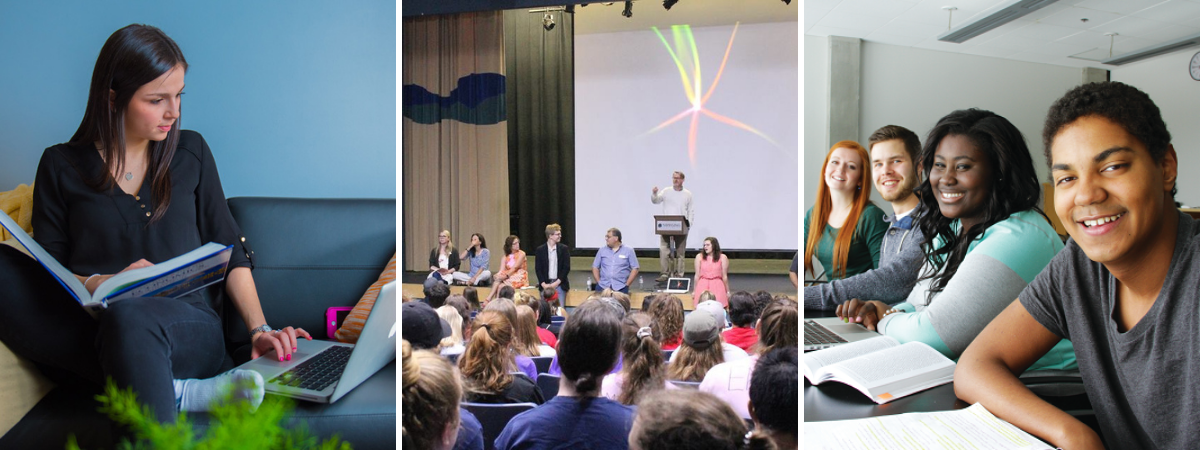
Academic integrity is all about demonstrating your commitment to the academic process. It’s about being trustworthy and honest. It’s about giving credit to the researchers and writers you’ve learned from. This isn’t a subject you should avoid; You should show your commitment to academic integrity at every opportunity!
Explore the resources and FAQs below, then take our quiz to test your knowledge on the topic. If you have questions about citing or you'd like one-on-one support, book an appointment with a Student Learning Coordinator!
Academic Integrity Video Resources
What are some of the most common examples of academic dishonesty?
- plagiarism, including self- plagiarism;
- contract cheating;
- cheating;
- misrepresentation of personal identity or performance;
- submission of false information;
- contributing to Academic Misconduct;
- damaging, tampering, or interfering with the scholarly environment;
- unauthorized use of intellectual property;
- misconduct in re-graded/re-submitted work.
What are the top reasons students report for engaging in academic dishonesty?
- Tedious, frustrating, suffering, hate, stressed
- Sick, fatigue, life events
- Employment, family, academic workload
- Procrastination
- Lack of understanding of academic misconduct (Just didn’t know this was plagiarism).
- Dismiss the severity of academic dishonesty.
- Students think it's teamwork not academic dishonesty.
What is Plagiarism?
Plagiarism – includes but is not limited to:
- Claiming, submitting or presenting the words, ideas, artistry, drawings, images or data of another person, including information found on the Internet and unpublished materials, as if they are one’s own, without appropriate referencing;
- Claiming, submitting or presenting someone else’s work, ideas, opinions or theories as if they are one's own, without proper referencing;
- Claiming, submitting or presenting collaborative work as if it were created solely by oneself or one’s group;
- Submitting the same work, in whole or in part, for credit in two or more courses, or in the same course more than once, without the prior written permission of the instructor;
- Minimally paraphrasing someone else’s work by changing only a few words and not citing the original source.
Don't forget about self-plagiarism and unauthorized resubmission of work! This happens if you submit the same work, in whole or in part, for credit in two or more courses, or in the same course more than once, without the prior written permission of the instructor. Self-plagiarism can also include presenting one’s own previously published work as though it were new.
How can I avoid plagiarism?
- Start your assignment early
- Keep track of the sources you consult in your research.
- Paraphrase or quote from your sources (and add your own ideas).
- Credit the original author with an in-text citation and in your reference list.
- Follow the appropriate writing style guide
- Still unsure? Book an appointment here.
What happens if I am accused of academic misconduct?
What is Falsifying?
Falsifying, misrepresenting, or forging an academic record or supporting document – includes but is not limited to:
- Furnishing false information in the context of an academic assignment
- Fabricating or altering information or data and presenting it as legitimate
- Providing false or misleading information to an instructor or any other university staff member
- Falsifying clearance forms, practicum and placement documentation.
- Falsifying doctor's note.
- Misrepresentation of credentials.
- Forging an instructor’s or university official’s signature on any document.
- Submitting an altered transcript of grades to or from another institution or employer.
- Putting your name on, or copying, another person’s paper or assignment.
- Altering a previously graded exam or assignment for purposes of a grade appeal.
